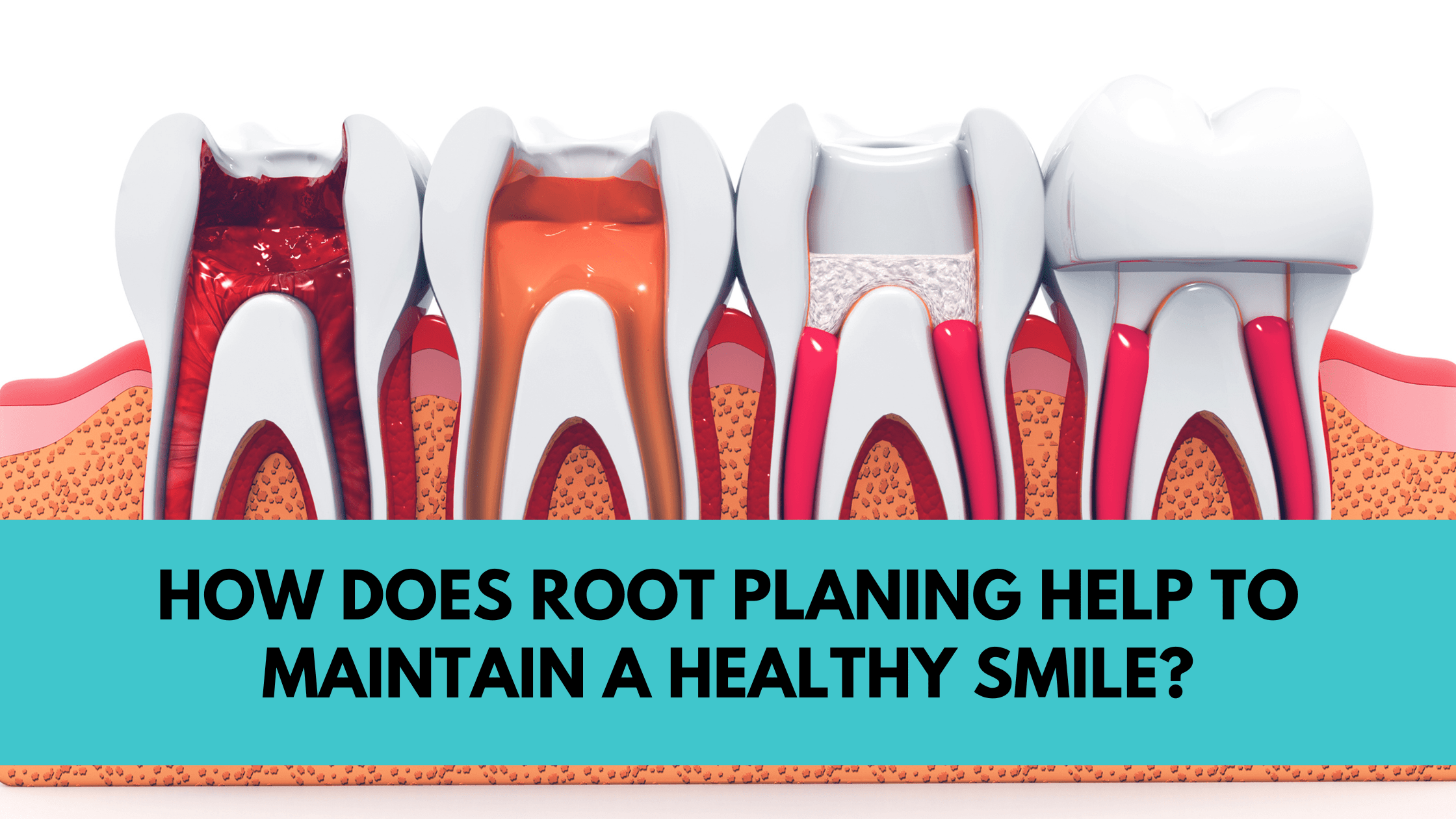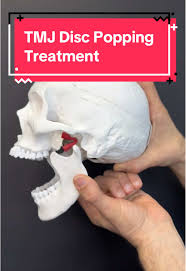Our teeth may be the stars of a great smile, but the real heroes are the gums and the bone that hold them in place. Unfortunately, these supporting structures can become victims of a silent and common enemy; gum (Periodontal) disease. One of the most effective non-surgical treatments to combat gum disease and prevent tooth loss is Root Planing. It is performed alongside scaling.
Gum Disease and Plaque Buildup
Before diving into root planing, it is important to understand when it is needed. Our mouth naturally harbor bacteria that feed on food particles and sugars, forming a soft, sticky layer on the teeth known as plaque. If not removed through brushing and flossing, plaque hardens into calculus, which traps bacteria even more firmly.
These bacteria release toxins that irritate and inflame the gums & the earliest stage of gum disease called Gingivitis. Symptoms include redness, swelling, and bleeding when brushing. If left untreated, the infection progresses deeper, forming periodontal pockets between the teeth and gums. This stage is Periodontitis. It causes the gums to pull away from the teeth and the infection destroys the bone and ligaments that support the teeth. At this stage, Root Planing becomes essential. It is the professional intervention that can stop this progression and restore gum health.
What Is Root Planing?
It is a specialized procedure that involves cleaning the roots of the teeth below the gumline. The aim is to remove bacterial toxins, plaque, and tartar deposits from the roots and smooth their surfaces. When roots are plane, bacteria have fewer places to cling, and gums can reattach firmly to the teeth. This helps in reducing pocket depth and halting the progression of gum disease.
Root planing is typically done after scaling, which removes deposits from the tooth surfaces above and just below the gumline. While scaling cleans the crowns, root planing focuses deeper, targeting the hidden plaque and rough spots on the root surface.
When Is Root Planing Needed?
Root planing is usually recommended when a patient shows signs of moderate to advanced periodontal disease. Your dentist will suggest it if you have:
Gums that bleed easily while brushing or flossing
Persistent bad breath or bad taste in the mouth
Receding gums or “long-looking” teeth
Loose teeth or shifting bite
Deep periodontal pockets (usually greater than 4 mm) detected during examination
Dental X-rays are used to assess bone loss around the teeth, a key indicator that root planing is necessary.
Root Planing Procedure
Although root planing sounds intimidating, it is a routine, safe, and highly effective dental procedure.
Diagnosis
Your dentist conducts a comprehensive periodontal examination. This includes probing the gum pockets with a calibrated instrument to measure their depth and checking for signs of inflammation and bone loss. Local anesthesia is administered to numb the area since root planing goes deep under the gums.
Scaling
Before planing, the dentist performs scaling using manual instruments or ultrasonic scalers. This removes plaque and calculus from tooth surfaces above and slightly below the gumline.
Root Planing
Once scaling is complete, root planing begins. The clinician uses fine-tipped curettes or ultrasonic instruments to carefully smoothen the root surfaces. This process removes residual deposits and bacterial endotoxins. By polishing the roots, it also creates a clean environment where gums can reattach naturally to the teeth.
Irrigation and Antimicrobial Treatment
In many cases, the dentist may irrigate the treated area with antimicrobial solutions to kill remaining bacteria. Some may even place localized antibiotic gels within deep pockets to promote healing and reduce bacterial regrowth.
Post-Treatment Instructions
After the procedure, patients receive detailed instructions for at-home care and follow-up visits. Pain is usually mild and can be managed with over-the-counter painkillers if needed.
What to Expect After Root Planing
Healing after root planing is generally smooth and progressive.
Mild discomfort or tenderness: The gums might feel sore or sensitive for a few days, especially while chewing or brushing.
Gum shrinkage: As inflammation subsides and gums tighten, teeth may appear slightly longer.
Temporary sensitivity: Exposed root surfaces may be sensitive to hot, cold, or sweet foods for a short period.
Fresh breath and firmer gums: These are early positive signs that healing is taking place.
Advantages of Root Planing
Root planing offers a wide range of benefits beyond immediate cleaning.
Stops the Progression of Gum Disease:
By removing the source of bacterial infection, root planing halts the progression of periodontitis and prevents bone loss.
Reduces Gum Inflammation and Bleeding:
The gums heal and tighten, leading to less redness, swelling, and bleeding during brushing.
Improves Breath and Taste:
Chronic bad breath (halitosis) caused by bacterial toxins often disappears after deep cleaning.
Promotes Reattachment of Gums to Teeth:
Smoother root surfaces allow healthy gum tissue to reattach and form a protective seal against bacteria.
Prevents Tooth Loss:
By preserving the supporting structures, root planing helps retain natural teeth for a lifetime.
Improves Systemic Health:
Studies have shown a strong link between Periodontal disease and systemic conditions such as diabetes, heart disease, and respiratory problems. Treating gum disease, therefore, contribute to better general health.
Post-Treatment Care
Success depends heavily on proper oral hygiene and maintenance. Following the given instructions, you can keep your gums healthy after the procedure:
Brush twice daily with a soft-bristled brush and fluoride toothpaste.
Floss daily to remove plaque between teeth.
Use an antibacterial mouthwash if recommended by your dentist.
Avoid tobacco, as it slows healing and worsens gum disease.
Maintain a balanced diet rich in vitamin C and calcium to promote gum health.
Schedule regular dental cleanings (every 3–6 months) to prevent reinfection.
Your dentist may also recommend a periodontal maintenance program, which includes more frequent professional cleanings to ensure long-term success.
How to manage Possible Minor Complications
Though Root Planing is safe, a few minor issues can occur:
Tooth sensitivity: Using desensitizing toothpaste can help.
Mild gum bleeding: This usually subsides within a few days.
Recession of gums: A natural result of healing; your dentist can monitor it.
Re-infection: If oral hygiene lapses, bacteria can recolonize the pockets.
In cases where pockets remain deep or healing is incomplete, Periodontal surgery might be advised to gain better access for cleaning and regeneration.
Dentist and Patient Partnership
Successful Periodontal therapy is a partnership between the dentist and the patient.The dentist performs the mechanical cleaning and guides recovery but the patient’s role in maintaining daily hygiene cannot be overstated. Regular communication, commitment to oral care, and adherence to follow-up visits ensure that root planing achieves its goal, a healthy mouth free of infection.





